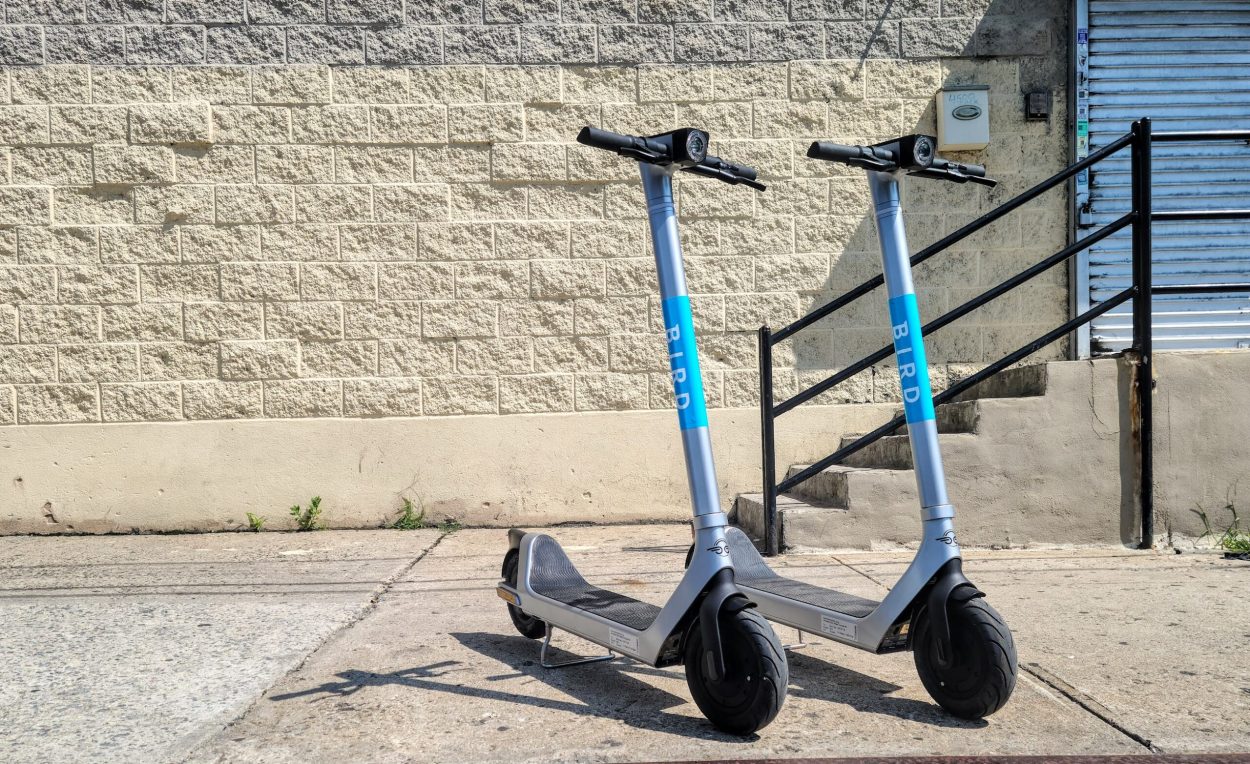New York is getting scooter sharing — but that won’t solve anything
3,000 electric scooters in The Bronx aren’t going to solve the infrastructure problems

Bird, Lime and VeoRide are releasing 3,000 electric scooters into the East Bronx as part of a pilot program to see how well scooter-sharing works in New York, a tentative first step to approving these services city-wide. It’s also a chance to bring electric scooters to areas underserved by mass transit in New York before unleashing them on the streets of Williamsburg.
But while the scooter-sharing goal is certainly an admirable one, all the electric scooters in the world aren’t going to fix the entrenched infrastructure issues in The Bronx or any other U.S. city that’s been carved up with highways and interstates since the 1950s.
Bird is testing out its scooter-share program in Co-op City, a development of 35 highrise buildings with more than 15,000 residential units in The Bronx. Built in the 1960s, Co-op City has around 45,000 residents, the majority of whom are minorities. It’s bordered on one side by the Hutchinson River; on the other side is I-95, which was constructed in the 1950s, when people started moving out to the suburbs and its car-centered lifestyle.
Like many other minority communities around the country, Co-Op City is cut off from the rest of New York by a highway, isolating its residents, much the same way the rest of I-95 split up other neighborhoods in The Bronx — which is just what Robert Moses, the New York official who set urban development policies for half-a-century — intended.
There are only two roads that lead in or out of the area; otherwise, you have to hop on I-95, something the Bird scooters are definitely not designed for. On the southern end of Co-Op city, a Bird rider would have to travel about three-quarters of a mile, from the edge of Baychester Ave. to reach the Gun Hill Road subway station. On the northern end, it’s about half a mile from the Taco Bell on Tillotson Ave to the Eastchester - Dyre Ave. station. If you’re in the middle of Co-op City, the nearest subway station by foot is nearly half-a-mile away, by taking a pedestrian bridge to the Baychester Ave. station.
It’s admirable that Bird and others are attempting to shorten the distance — and get in the good graces of New York City, so they can expand its scooter-share program to the rest of the city — and more affluent customers. But, even when someone takes one of the few surface roads out of Co-Op City, they’ll be confronted with the fact that their neighborhood isn’t the best for scooting.
There are very few protected bike lanes in the East Bronx, which means that they’ll have to share the road with New York drivers, who aren’t known for their accommodating demeanor. Moreover, as The Verge notes, some of the protected lanes, such as the Bronx River Parkway, are off-limits to electric scooters.
Sign up to get the BEST of Tom's Guide direct to your inbox.
Get instant access to breaking news, the hottest reviews, great deals and helpful tips.
While the city has said it will add up to 30 miles of protected bike lanes by December 2021, one look at the official bike map of New York City makes it plain to see that the East Bronx, where this pilot program is being launched, has far fewer bike lanes of any sort than Manhattan and more affluent areas of Brooklyn — and none of them stop at any of the stations of the No. 5 subway.
Giving more people means of getting around is a good thing. But, I’m skeptical this 21st-Century technology is going to solve a problem that’s been around for more than 50 years.

Michael A. Prospero is the U.S. Editor-in-Chief for Tom’s Guide. He oversees all evergreen content and oversees the Homes, Smart Home, and Fitness/Wearables categories for the site. In his spare time, he also tests out the latest drones, electric scooters, and smart home gadgets, such as video doorbells. Before his tenure at Tom's Guide, he was the Reviews Editor for Laptop Magazine, a reporter at Fast Company, the Times of Trenton, and, many eons back, an intern at George magazine. He received his undergraduate degree from Boston College, where he worked on the campus newspaper The Heights, and then attended the Columbia University school of Journalism. When he’s not testing out the latest running watch, electric scooter, or skiing or training for a marathon, he’s probably using the latest sous vide machine, smoker, or pizza oven, to the delight — or chagrin — of his family.
